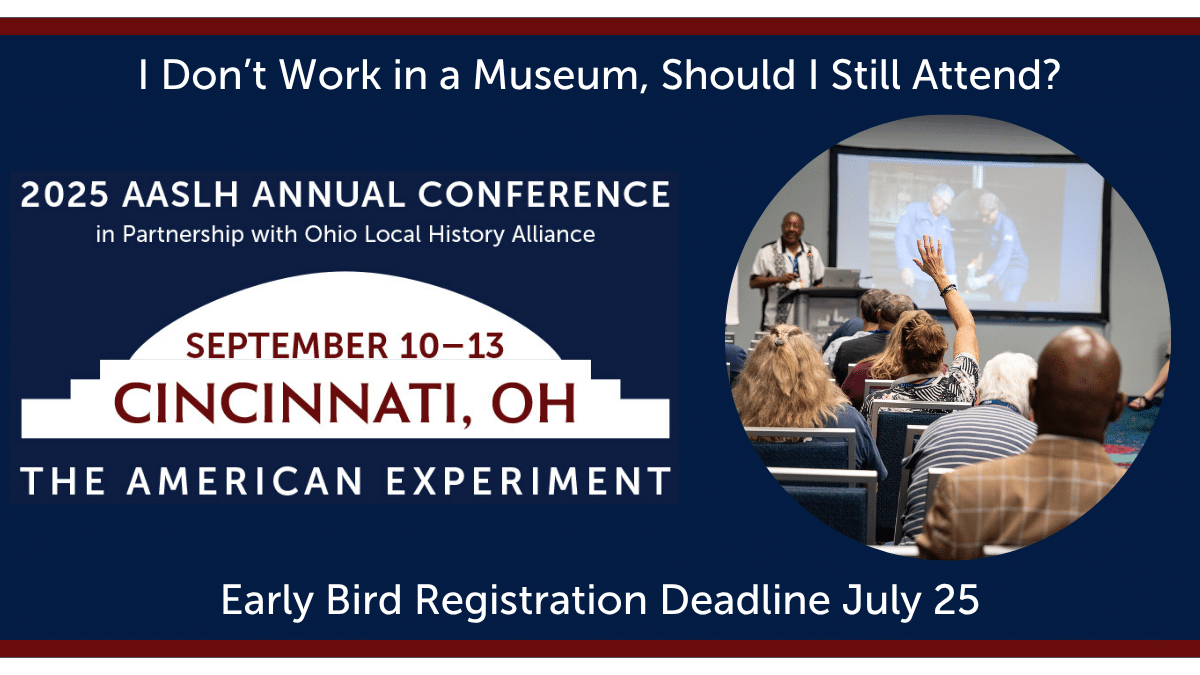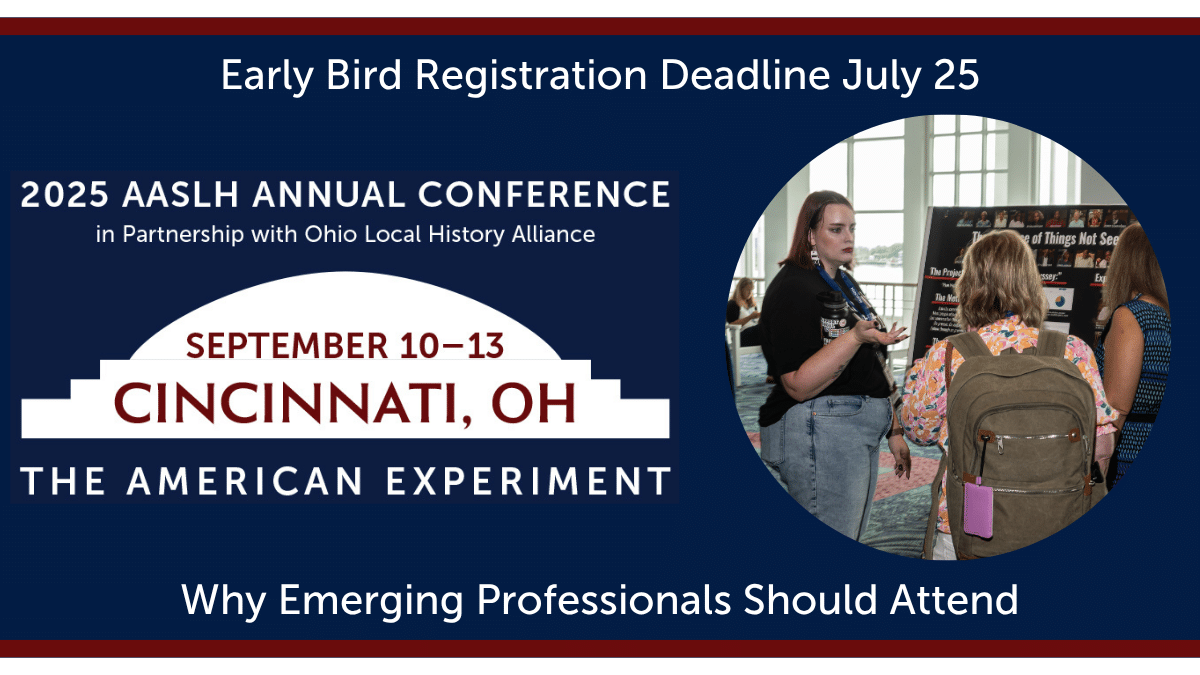
How many history organizations are in the United States? What are the fundamental characteristics of our field?
Today, AASLH is excited to answer these and many other questions about the U.S. history community by publishing the 2022 National Census of History Organizations: A Report on the History Community in the United States. Carried out through support from the National Endowment for the Humanities and led by researchers Carole Rosenstein (George Mason University) and Neville Vakharia (Drexel University), this research and report provides a snapshot of the U.S. history community at a crucial moment for our field and for the country.

Over the past two years, AASLH and the “History Census” research team have identified 21,588 history organizations in the United States as part of this first national effort to produce an up-to-date, comprehensive, and high-quality list of history museums, historical societies, and related history organizations. That makes the history community the largest sector of the museum field many times over, and means there are more history organizations than there are public libraries, Starbucks, McDonald’s, and Walmarts.
Among the project’s major findings:
- History organizations are ubiquitous. Our institutions have a presence in nearly every community, often reaching places underserved by other arts and culture organizations.
- The field operates through a deep and distinct partnership between government and private nonprofits. This hybrid model can be a source of strength as well as many challenges.
- There is a pervasive sense that history has a public purpose. History organizations from the smallest to the largest place community and public benefit at the center of their work.
- The vast majority of organizations are small. More than 80 percent of private nonprofit history organizations report revenues of less than $200,000 per year.

The report also points to next steps and recommendations. It makes clear, for example, that our field needs to find additional ways to provide focused, tailored support to the many thousands of small history organizations. It also reveals new opportunities for future research, like investigating how we can strengthen the field’s public-private partnerships, or better identify and serve history organizations in marginalized communities. Finally, by revisiting this research in several years, the History Census will enable us to assess how the COVID-19 pandemic and the nation’s upcoming 250th anniversary in 2026 may have changed the size and scope of our field.
We hope this report will equip history practitioners everywhere with new, high-quality data to support their work, from advocacy to grant proposals to community partnerships. We encourage you to download the report, view our interactive map of more than 21,000 institutions, and share this with your colleagues and coworkers.




